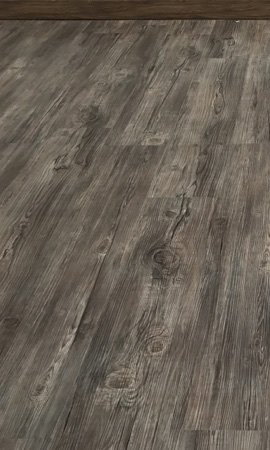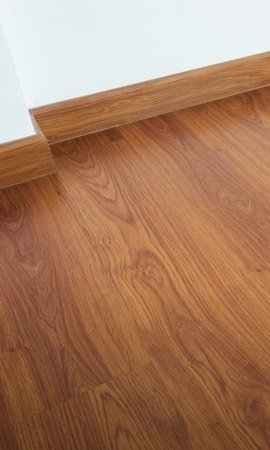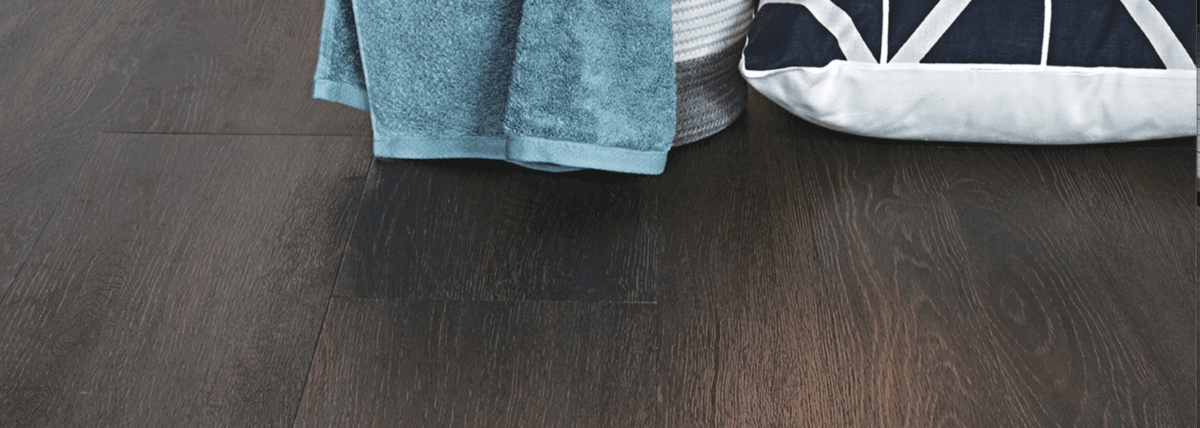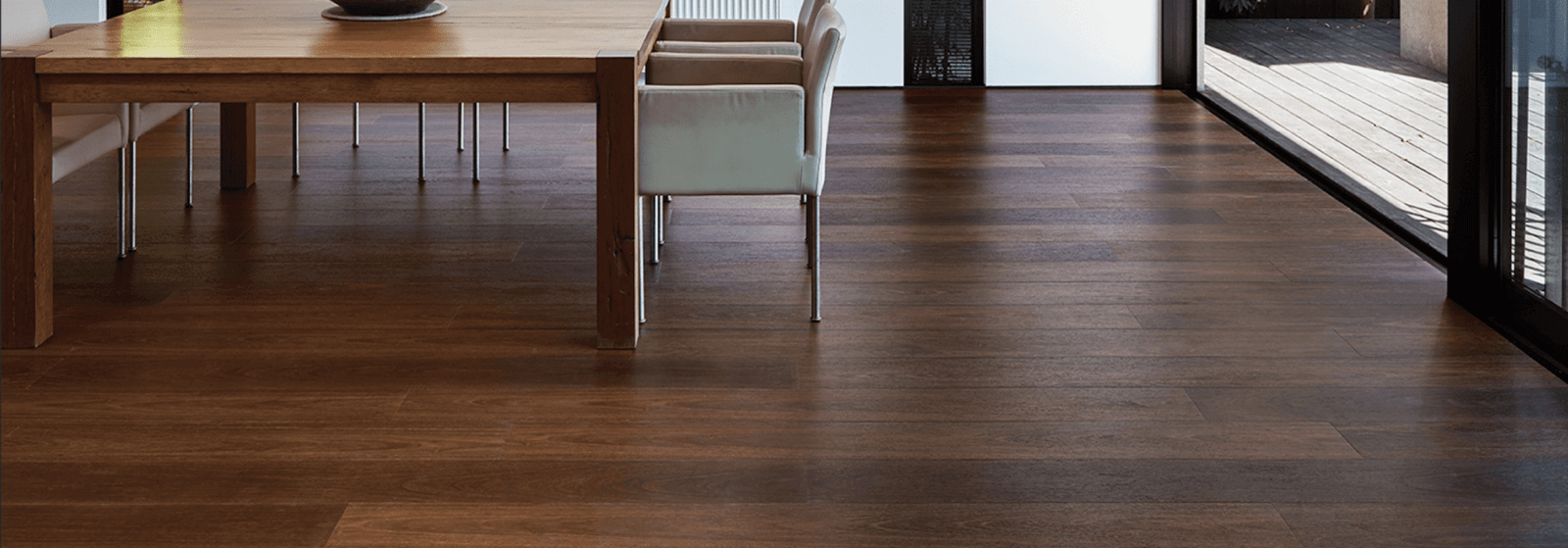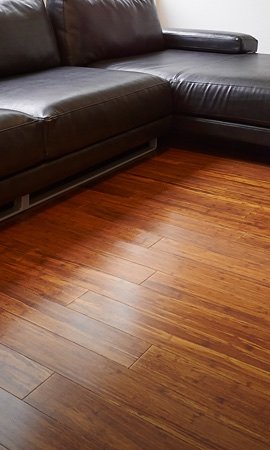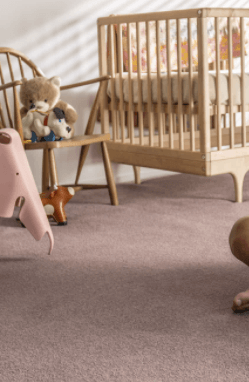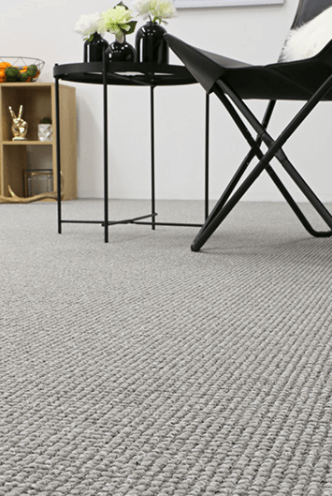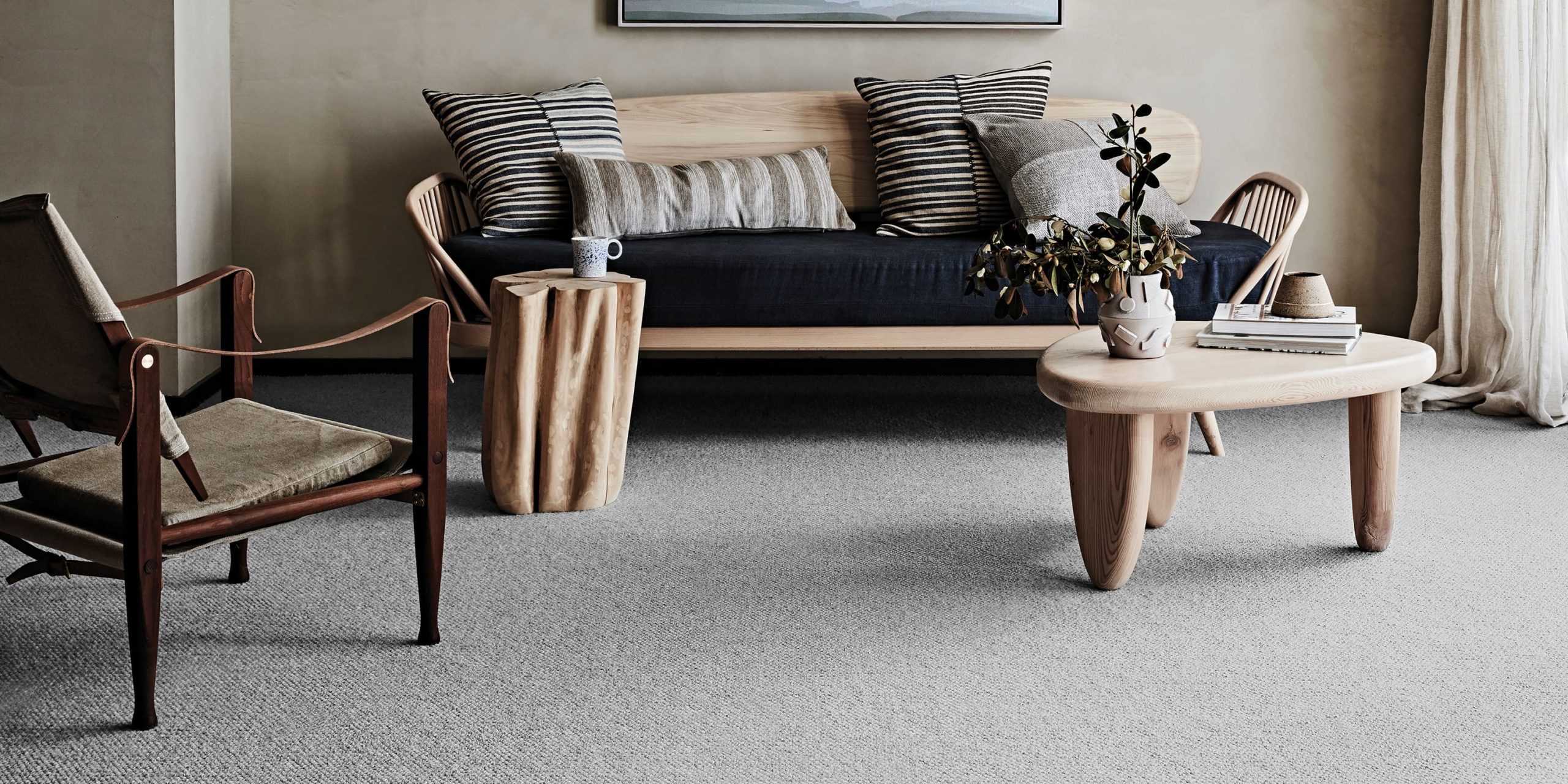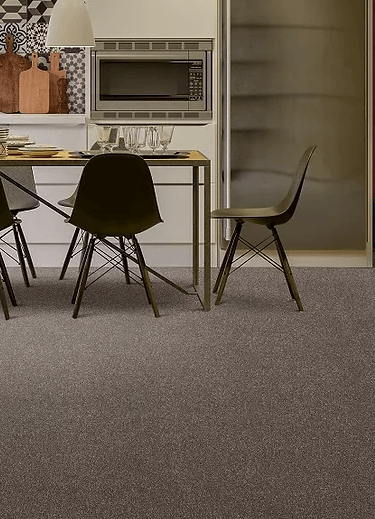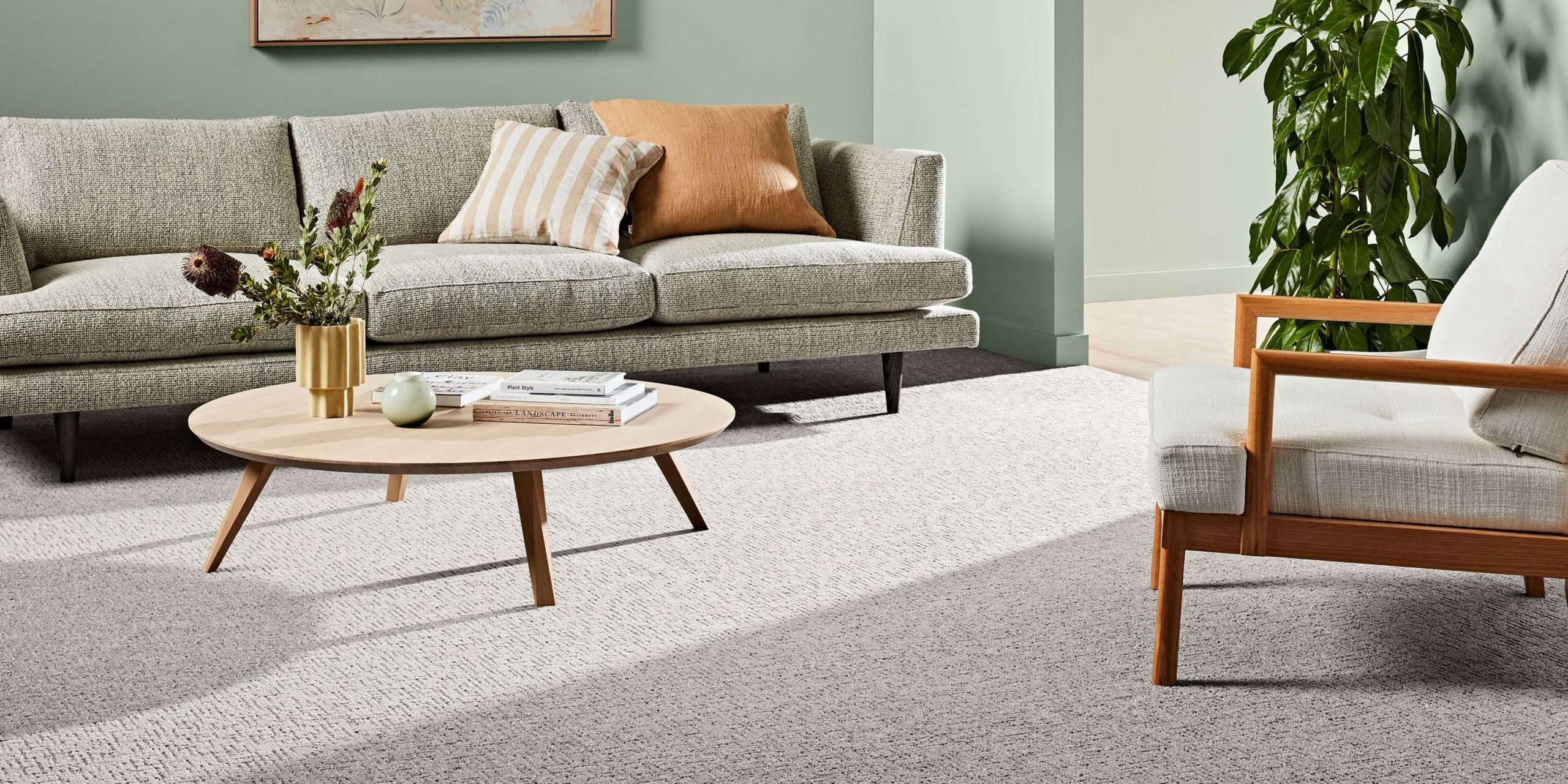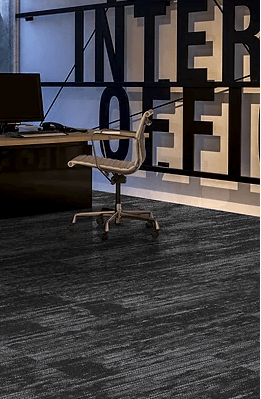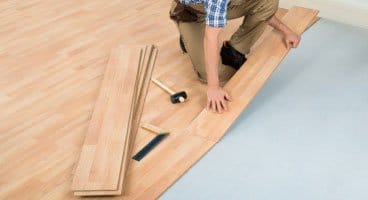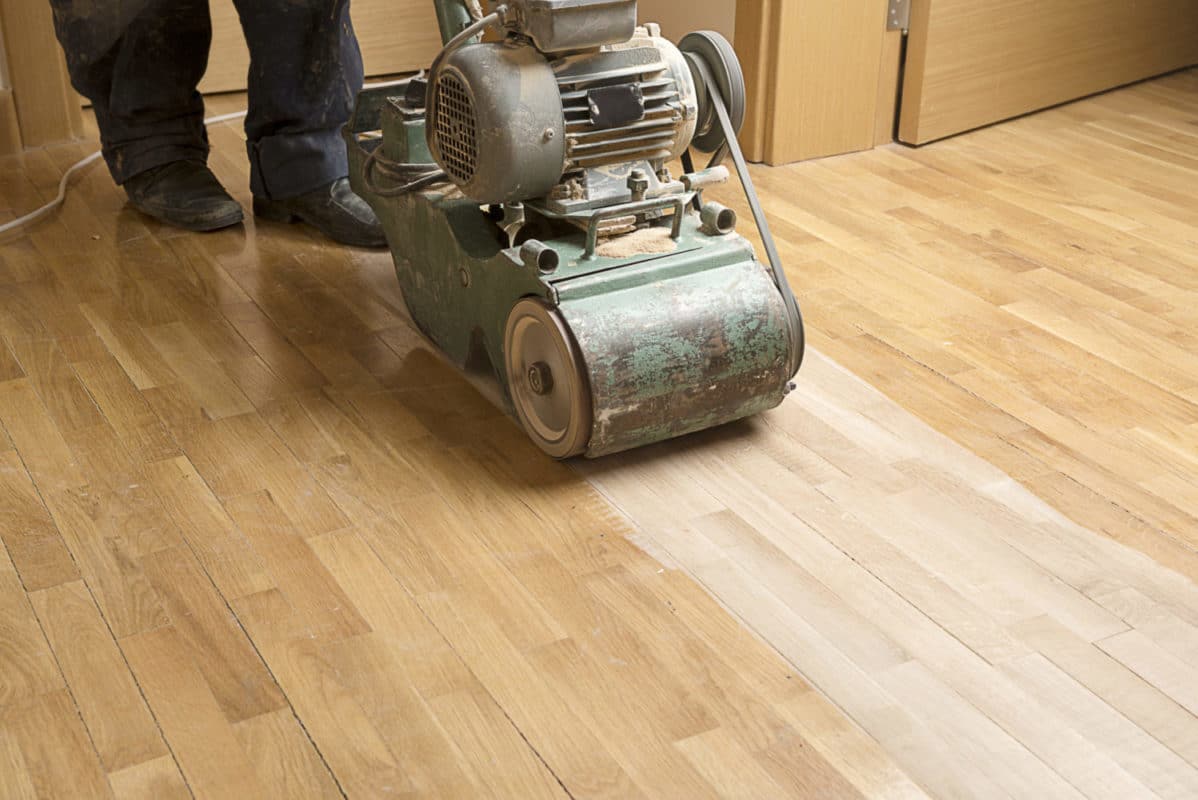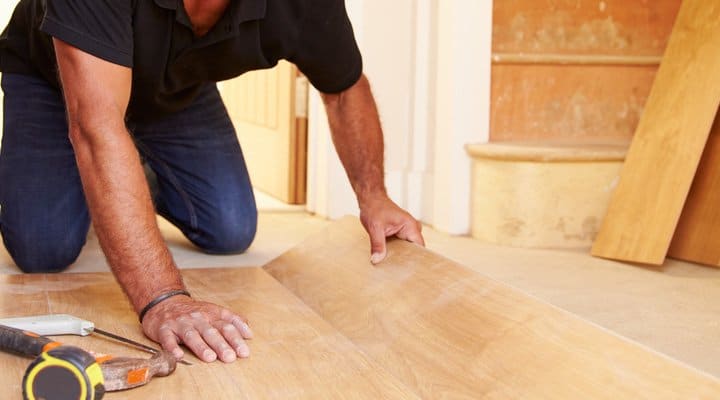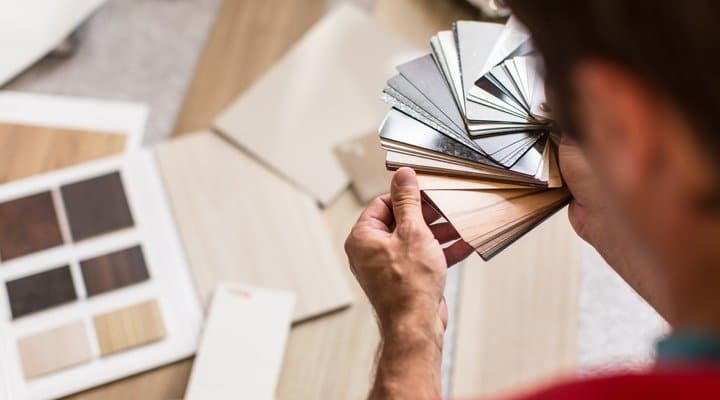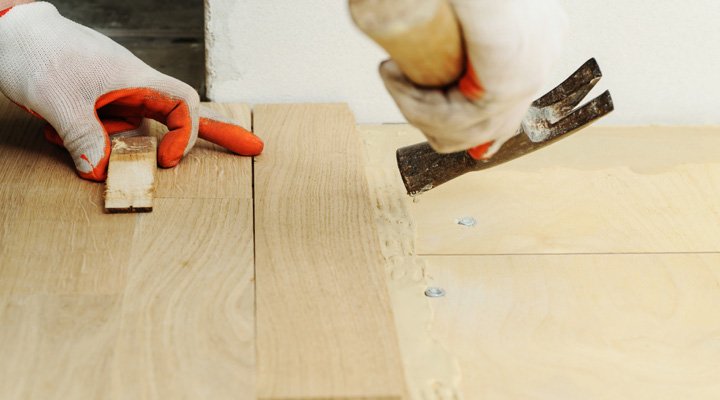

10 Mar The Definitive Guide to Flooring Colour, Design and Style
Many homeowners feel uncertain when choosing the right flooring colour and design for their home — and rightly so. Flooring has one of the biggest impacts on the overall look and feel of any space.
That’s why we’ve created this guide to help you confidently decide on the colour, pattern and style of flooring that will bring your dream home to life.
My name is Gordon, and I’m the founder of FloorVenue. Over the past 15 years, I’ve overseen flooring installations in more than 3,000 homes and commercial properties across New South Wales. I’ve also worked alongside some of Australia’s leading home builders, such as Allworth Homes and Strong Build, as well as their interior designers, to deliver stunning floors for award-winning homes.
Together with my team, I’ve put this guide together to simplify the “interior design” process and help you choose a floor that suits your lifestyle and vision.
We’ve broken it down into three key sections:
-
Your House – What’s your home like? What’s the existing environment and lighting?
-
Your Floor – How do different designs, colours and textures influence the style of your interiors?
-
You – What do you like, and how do you want your space to feel?
Your Home: 4 Things to Consider
1. The Impact of Colours
Colours really can make or break the look of your home. The flooring colour you choose — alongside other interior elements such as walls and furniture — plays a crucial role in shaping the overall style and atmosphere of your space.
A deliberate choice of colour can completely transform how a room feels. You might opt for a natural, calming and homely vibe, or lean toward a clean, modern and professional aesthetic.
Light tones such as yellow, beige, white and grey can create a fresh, contemporary feel. Darker shades like black lend a sense of luxury, elegance and sophistication. Warm colours such as red and orange bring harmony and energy, while brown evokes comfort and security with its earthy, grounded tone. Grey stands out as a versatile neutral that works seamlessly across a wide range of interior styles.
Pairing floor colour with the room
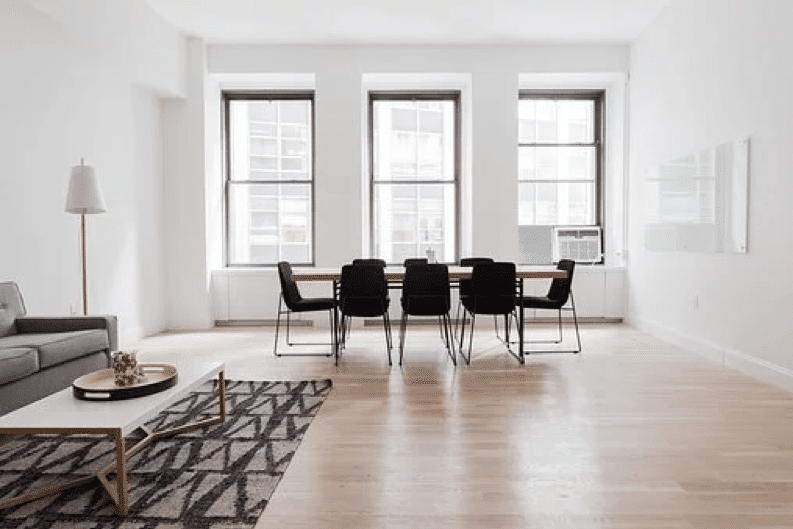

It’s also important to consider how your flooring colour will influence both the look and feel of your space. This ties closely to the size of the room. Lighter colours can make a room appear noticeably larger and more open, while also creating a bright, welcoming atmosphere.
Of course, your floor must be installed on a flat, even subfloor to achieve this effect — as outlined in Australian Standard AS 1884, which specifies no more than 4mm variance over 2 metres. FloorVenue’s expert installers strictly follow this standard to ensure both durability and beauty.
2. The Amount of Light
Natural light plays a big role in how your flooring colour is perceived. If your space receives plenty of sunlight, you can confidently choose darker floors without worrying about the room feeling closed in. The natural light will balance the richness of the flooring, creating a sophisticated and elegant feel with plenty of depth.
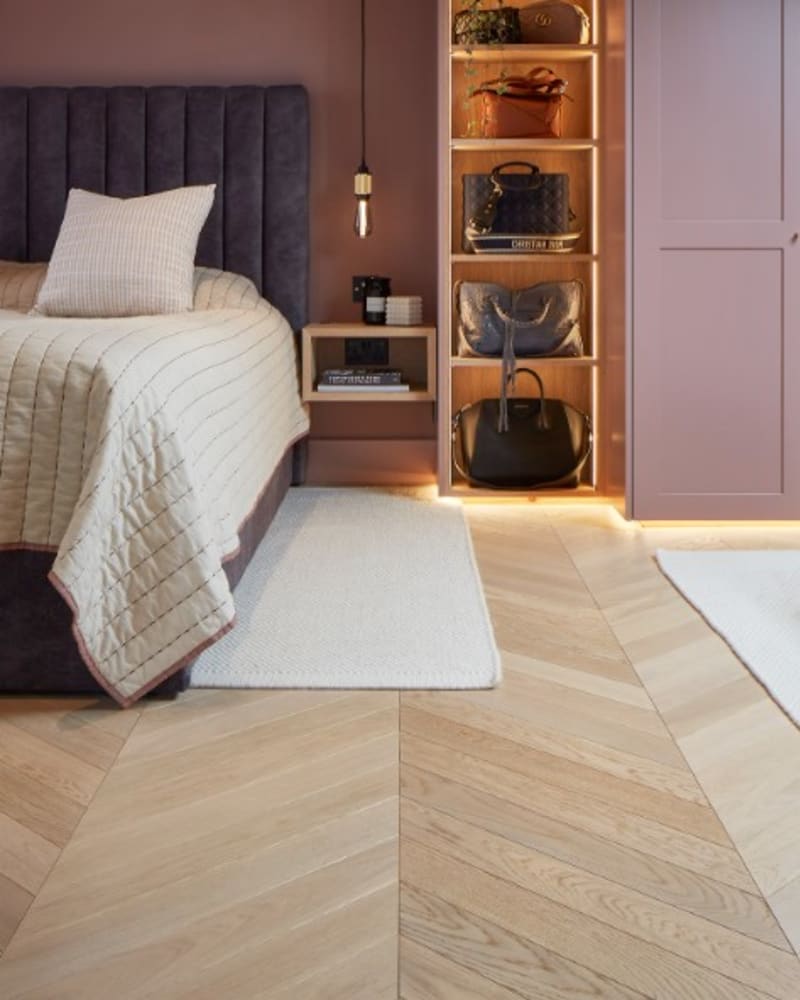

However, if your space has limited natural light, lighter flooring is often the better choice to keep the room feeling bright and inviting. If you love the look of dark floors but don’t get much natural light, you can still make it work — just be prepared to use artificial lighting to balance the darker tones.
It’s also worth remembering that the appearance of your flooring colour will change throughout the day. A floor may look completely different under the soft light of a bright morning compared to the warmer tones of evening or the cool glow of artificial lighting. For this reason, we recommend taking samples home and viewing them in your space at different times of day before making your final decision.
3. The Size of Your Rooms
If your rooms are on the smaller side and you’d like them to feel more spacious, lighter-coloured flooring is usually the best option. Light tones help reflect natural light and create an open, airy atmosphere. For larger rooms, darker flooring can add intimacy, warmth and sophistication.
Just remember that darker floors can highlight uneven subfloors more easily, so installation must meet the requirements of AS 1884 for levelness and surface preparation. At FloorVenue, all of our installations comply with these standards, giving you peace of mind that your floors will perform as beautifully as they look.
That said, you can absolutely strike a balance. For example, pairing light flooring with darker walls and a matching ceiling can create a dramatic, enveloping effect. This combination works especially well when the wall and ceiling colours share the same tone, giving the space a cohesive, shapeless feel.
4. The Colour and Style of Your Furniture
Your floor colour should never be chosen in isolation — it’s just one element of the bigger design picture. The colour and style of your furniture play a major role in how the space comes together.
If you have a standout designer piece that you want to showcase, neutral flooring acts as the perfect canvas to let it shine. On the other hand, if your home features heavy colonial-style furniture, a rich red-toned floor can enhance its luxurious presence and create a bold, elegant statement.
When it comes to styling, you generally have two approaches: contrast or coordination. Contrast works beautifully — for instance, pairing darker furniture with lighter flooring creates a rustic, timeless look that feels both open and balanced. Conversely, dark flooring combined with lighter furniture can deliver a striking, contemporary feel.
Of course, complementary tones work just as well. Many classical and modern interior styles rely on colour coordination between furniture and flooring to achieve harmony. The key is to decide whether you want your floor to be the backdrop or the feature — and style accordingly.
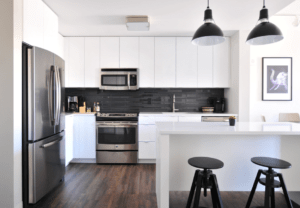

It’s always a good idea to bring along photos or even small items that represent your room when visiting your flooring supplier. This way, you’ll be able to see how different flooring options either match or contrast with your existing furniture, walls, and décor — making it much easier to choose a floor that ties the whole space together.
At FloorVenue, we encourage clients to bring photos to our showroom, where our team can provide expert advice and help you visualise the perfect flooring for your home.
2) Your Floor: 5 Key Considerations
There are actually 5 key characteristics of any floorboard. These are:
1. Flooring Colour
As we’ve already discussed, the colour of your floor plays a big role in shaping the overall look and feel of a room. We’ll move on to the next consideration.
2. Flooring Pattern & Style
The pattern and style of your flooring can dramatically influence the atmosphere of your home. For instance, oak-style flooring can create a timeless and classic appeal, while contemporary laminate may give your space a sleek, modern vibe. Similarly, larger planks or tiles tend to make a room feel more expansive and luxurious, whereas smaller planks can add detail and sophistication.
If you’re unsure which pattern or style will best complement your space, our FloorVenue experts can guide you in selecting the perfect option to bring your dream floor to life.
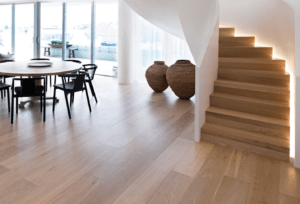

3. Flooring Finish
The finish of your floor refers to whether the surface is glossy, matte, or textured. A glossy finish gives a polished, high-end look but may show scratches more easily over time. Textured or embossed finishes add depth and character, as light reflects differently off the surface. They also tend to hide marks and dirt more effectively. Alternatively, a smooth matte finish — often found in tiles — provides a subtle, understated elegance that suits modern homes.
4. Flooring Grooves
Some floorboards have grooves (also known as bevels) between each plank, while others are installed flush. Floating floors usually feature small grooves, whereas raw timber flooring often has none. Floors without grooves create a smoother, more streamlined look, while floors with visible grooves add depth, authenticity, and a natural “floorboard” appearance.
5. Flooring Feel
How your floor feels underfoot is just as important as how it looks. Thicker floors and nail-down installations often feel more solid and stable, while thinner floating floors may have a lighter feel. Hybrid and vinyl plank floors often feel slightly softer underfoot, which can make them more comfortable in high-traffic or standing areas like kitchens.
3) You
It’s not just about your house or your floor — it’s also about you.
Your home is a reflection of your personality. It’s not enough to simply install what’s “trendy” or “recommended” — the right floor should feel authentic to who you are.
-
A perfectionist may prefer cleaner, more uniform flooring designs.
-
A creative personality might be drawn to patterns, textures, and the natural knots in timber.
-
Minimalists often lean toward light, seamless finishes.
-
Those who enjoy warmth and comfort may prefer darker or richer tones.
Think about what resonates with your personality and lifestyle. What colours energise you? Do you enjoy bold patterns or subtle, calming tones?
And remember — you don’t have to make the decision alone. Ask family and friends for their perspective, or even better, book a consultation with a FloorVenue flooring expert. We can help match your personality and lifestyle with a floor that you’ll love for years to come.
So What Next?
Do you already have a flooring style or design in mind? Or do you need more help choosing a floor colour or style you like? We have over 2 decades of experience fitting out homes and offices with beautiful flooring, and would love to show you some of our flooring range options.
